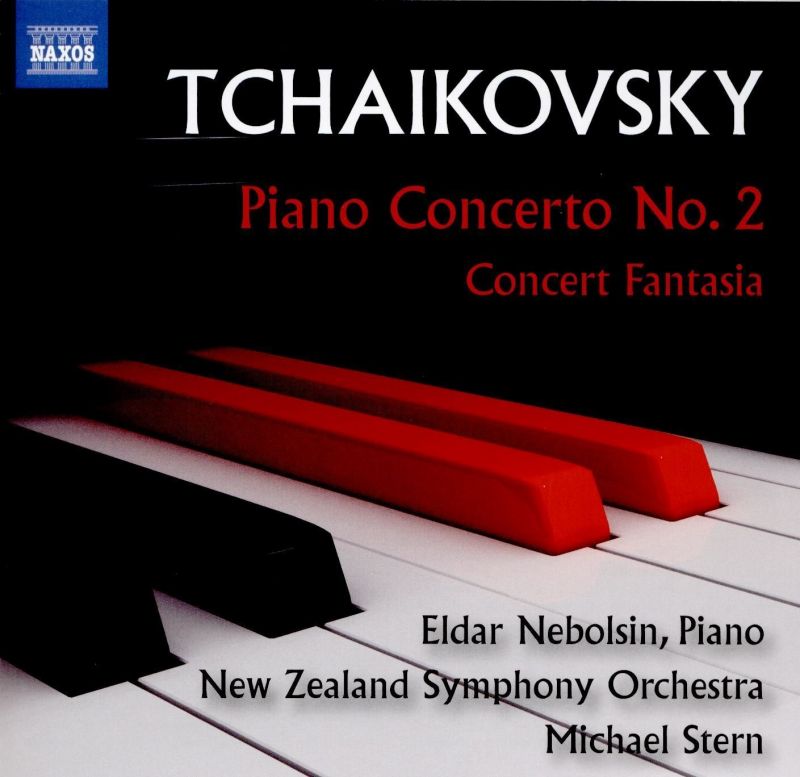TCHAIKOVSKY Piano Concerto No 2. Concert Fantasy
View record and artist detailsRecord and Artist Details
Composer or Director: Pyotr Ilyich Tchaikovsky
Genre:
Orchestral
Label: Naxos
Magazine Review Date: 11/2016
Media Format: CD or Download
Media Runtime: 72
Mastering:
DDD
Catalogue Number: 8 573462

Tracks:
| Composition | Artist Credit |
|---|---|
| Concerto for Piano and Orchestra No. 2 |
Pyotr Ilyich Tchaikovsky, Composer
Eldar Nebolsin, Piano Michael Stern, Conductor New Zealand Symphony Orchestra Pyotr Ilyich Tchaikovsky, Composer |
| Concert Fantasia |
Pyotr Ilyich Tchaikovsky, Composer
Eldar Nebolsin, Piano Michael Stern, Conductor New Zealand Symphony Orchestra Pyotr Ilyich Tchaikovsky, Composer |
Author: Patrick Rucker
Eldar Nebolsin’s new recording, in collaboration with Michael Stern, music director of the Kansas City Symphony, here conducting the New Zealand Symphony Orchestra, takes a decidedly different approach. In contrast to more stentorian accounts, Nebolsin opts for a reading that is refreshingly mellow, almost intimate and, above all, profoundly lyrical.
Throughout the concerto, as indeed in the alternately playful and wistful Concert Fantasy, Nebolsin’s unwavering focus is on the shape of the phrase, inflected with the most delicate rubato. Stern and the New Zealanders mirror this rhetorical flexibility with great skill and subtlety. The canon passages between right and left hands, so characteristic of Tchaikovsky, never sound repetitious but emerge as true dialogues. The concerto’s second movement, given without Siloti’s cuts but observing Tchaikovsky’s at the very end, is especially atmospheric. Nebolsin’s chordal accompaniment of the final violin-and-cello duet (9'08") is a gossamer filigree. The finale has a fleet Mendelssohnian or perhaps Litolffian lightness that is quite effective, heightening the overall golden bravura of the concerto.
If the recording has an Achilles heel, it is the distant and perhaps poorly placed microphones, which rob Tchaikovsky’s rich orchestral textures of their full brilliance and detail. But if a marred sonic presence places the recording at a disadvantage, Nebolsin’s refined and bracingly original readings of the Concerto and Fantasy complement some of the most compelling.
Discover the world's largest classical music catalogue with Presto Music.

Gramophone Digital Club
- Digital Edition
- Digital Archive
- Reviews Database
- Full website access
From £8.75 / month
Subscribe
Gramophone Full Club
- Print Edition
- Digital Edition
- Digital Archive
- Reviews Database
- Full website access
From £11.00 / month
Subscribe
If you are a library, university or other organisation that would be interested in an institutional subscription to Gramophone please click here for further information.




